
Clive Feeney, managing director of not-for-profit construction framework provider LHC Procurement Group (LHC), discusses key things for construction leaders to be aware of in advance of the Procurement Bill.
Each year, the public sector spends in the region of £300bn through public procurement – accounting for around one third of all public expenditure and making it the largest area of public spending.
Regulations that govern how that money is spent are set to change in England, Wales and Northern Ireland. The four existing sets of regulations – Public Contracts Regulations 2015, Utilities Contracts Regulations 2016, Concession Contracts Regulations 2016, and Defence and Security Public Contracts Regulations 2011 – will all be replaced by a single, new regulatory framework.
The Procurement Bill will introduce the most significant changes to the way public sector organisations buy goods and services for a generation.
It followed the Government’s Transforming Public Procurement (TPP) Green Paper consultation response, published at the end of 2021, which demonstrated determination to put alternative assessment scoring front-and-centre over price, to drive both equity and economic improvement.
Headlines and next steps
Designed to introduce simpler rules following Brexit, the Bill also aims to strengthen contracting authorities’ ability to exclude suppliers who may have previously underperformed when delivering services to the public sector.
Following lengthy debate in the House of Commons, The Procurement Bill will also now include some key procurement principles and objectives:
- Providing more opportunities for SMEs and local businesses through procurement
- Including utilities procurement
- The significance of social value
- Offering rewards for suppliers who demonstrated potential for innovation and offered climate-positive and nature-positive sustainable products.
At committee stage, a total of 161 of 205 proposed amendments were agreed to. And now, at the time of writing, the Procurement Bill is nearing the end of its time in the House of Commons before amendments will be considered in the final stages and the Bill achieves Royal Assent.
While the new regulations won’t come into force until spring 2024 at the earliest, they will bring a step change in how public goods and services are bought and commissioned. There will therefore be a six-month advance preparation period in which buyers and suppliers can ready themselves for the impending changes.
There is no time like the present, and contracting authorities can start planning now to ensure they are ready to take advantage of the new regime.
An overview of the Transforming Public Procurement checklist
To help contracting authorities and framework suppliers prepare for the upcoming Bill, the Transforming Public Procurement checklist suggests initial actions in four key areas as follows:
1. Processes and policies
Make sure your current processes and procedures are robust in areas such as early market engagement and supplier evaluation/assessment, with governance documents that record key decisions.
2. Systems
Familiarise yourself with the document ‘Transforming Public Procurement – Our Transparency Ambition’ which outlines the government’s proposals to improve transparency of UK public contracts and spending.
Consider the readiness of your organisation to meet the new data requirements, including where data currently resides in your existing e-procurement systems.
3. People
The Cabinet Office will be providing a comprehensive learning and development programme to support everyone operating within the new regime and help you to understand what is changing from the current system. Funded public sector places on the learning and development courses are being made available, so they are free at the point of delivery. There will be other training available for supply chain, too.
Think about who in your organisation should attend the training. If you would like to become an L&D super-user, contact your departmental or sectoral lead for Transforming Public Procurement or email procreformspocs@cabinetoffice.gov.uk
4. Transition
Ensure contract registers and details are up to date and conduct a review of pipelines to identify planned procurement activity over the next 18 months.
Engage with your key supply chain about the new regime. Direct them to the Transforming Public Procurement landing page at gov.uk for further information.
The complete overhauling of public procurement in the UK may seem daunting at first, but the four steps outlined above should provide clear direction on how your organisation can prepare now so that you are ready when the changes come into effect.
What the Bill demonstrates is the need for well-run, not-for-profit frameworks such as LHC. As a contracting authority, LHC develops and operates frameworks across England, Scotland and Wales through its five business units: London and South East (LSE) – across the capital and the south east as well as Home Counties of Bedfordshire, Hertfordshire and Essex; Consortium Procurement Construction (CPC) – covering the Midlands, Suffolk, Norfolk and North of England; South West Procurement Alliance (SWPA) – covering the South West of England; Scottish Procurement Alliance (SPA); and Welsh Procurement Alliance (WPA).
Procurement expertise and experience will be vital in the coming months to help unravel the complexities of a new regulatory regime, while ensuring consistent, social value-led framework development and management.
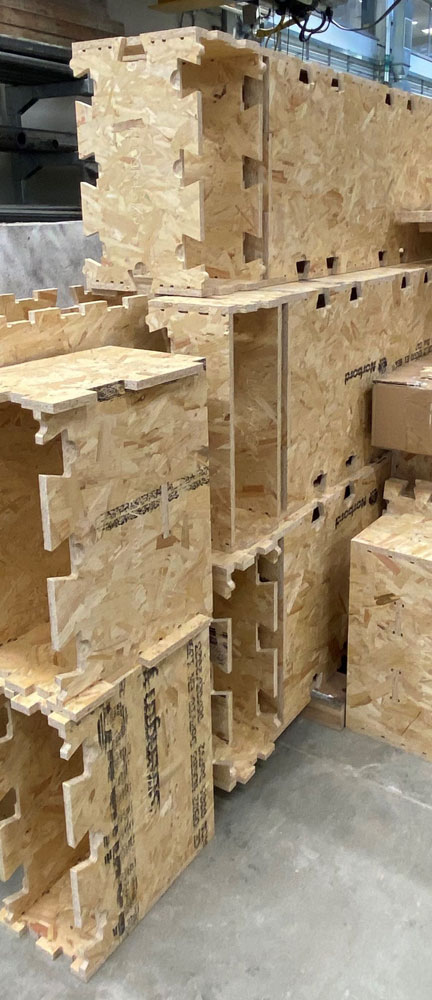


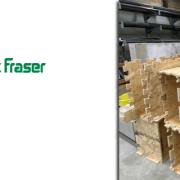
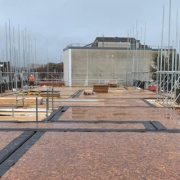
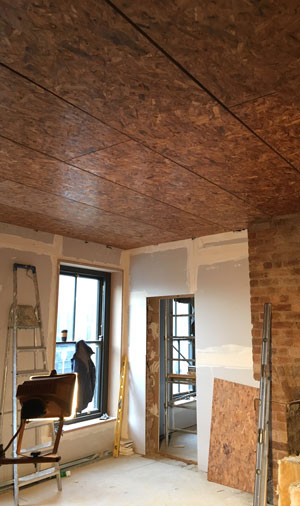 Euroclass B. Wood panels are treated with flame retardant solution to enhance its reaction to fire to limit the spread of flame and slow the development of a fire, especially in the very early stages of a fire when evacuation is vital.
Euroclass B. Wood panels are treated with flame retardant solution to enhance its reaction to fire to limit the spread of flame and slow the development of a fire, especially in the very early stages of a fire when evacuation is vital.


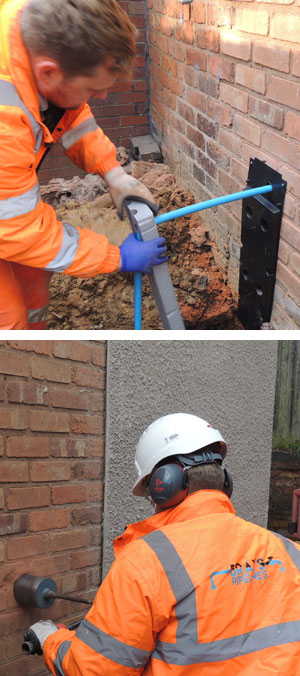 ‘In the context of the Water UK Public Interest Commitment on leakage, our recent industry level reviews and our desire to build ‘leak free’ new networks have highlighted further evidence of the need to improve quality standards at the point of installation of new networks, with poor quality pipe joints often the source of future leakage.’ ‘Portsmouth Water’s policy of having a single joint free service pipe from mains connection right the way through to the wall mounted boundary box has certainly improved confidence around the longer-term quality of these new assets from a leakage perspective. This policy is also helpful in the context of reducing customer side leakage and emerging knowledge in this area is showing that this is a bigger challenge than our previous understanding indicated.’
‘In the context of the Water UK Public Interest Commitment on leakage, our recent industry level reviews and our desire to build ‘leak free’ new networks have highlighted further evidence of the need to improve quality standards at the point of installation of new networks, with poor quality pipe joints often the source of future leakage.’ ‘Portsmouth Water’s policy of having a single joint free service pipe from mains connection right the way through to the wall mounted boundary box has certainly improved confidence around the longer-term quality of these new assets from a leakage perspective. This policy is also helpful in the context of reducing customer side leakage and emerging knowledge in this area is showing that this is a bigger challenge than our previous understanding indicated.’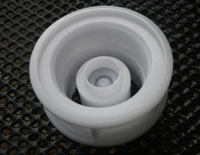



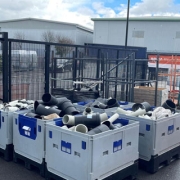
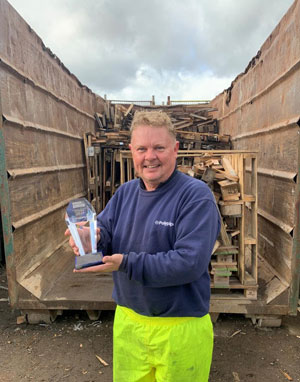 environment.
environment.



